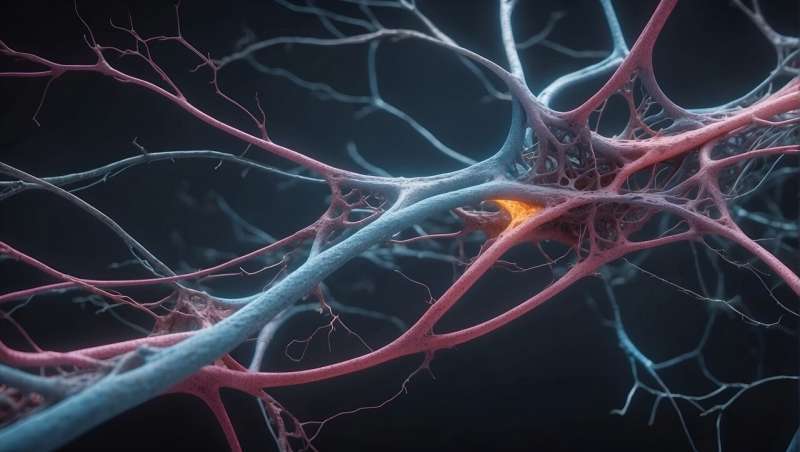A recent study published in JCI Insight has unveiled vital insights into the neurological mechanisms responsible for salt-seeking behavior, pinpointing specific neurons in the brain that govern this essential appetite. This investigation emphasizes the dual role of sodium in human health, balancing between deficiency and excess.
The Dichotomy of Sodium Consumption
Sodium is an essential nutrient, crucial not only for bodily function but also for maintaining overall health. However, both low and excessive sodium intake can pose significant health risks:
- Low Sodium Levels: Insufficient sodium can lead to diminished blood volume, triggering serious health consequences such as hypotension and potential organ failure.
- High Sodium Intake: Conversely, an abundance of salt can result in conditions such as hypertension, cardiovascular diseases, and elevated risk of stroke.
In the context of contemporary society, where sodium intake often exceeds recommended levels, understanding the complex mechanisms behind salt appetite becomes critical.
Neuroscientific Breakthroughs
The research led by Joel Geerling, MD, Ph.D., and his team at the University of Iowa, identifies the HSD2 neurons in the brainstem as central to sodium appetite. The study highlights how aldosterone—a key hormone in sodium regulation—plays a significant role in stimulating these neurons.
Hormonal Influence on Salt Appetite
Aldosterone is produced when the body experiences low fluid levels. It triggers sodium retention by the kidneys and prompts behavioral responses aimed at salt consumption. The study makes crucial connections between aldosteronism—characterized by elevated aldosterone levels—and increased salt appetite:
- Aldosteronism and Hypertension: Approximately 10-30% of patients with hypertension are affected by aldosteronism, escalating the risk of cardiovascular complications.
- Behavioral Changes: Historical studies dating back to nearly a century ago demonstrate that aldosterone can increase salt consumption in animals, a pattern which is mirrored in human research.
Methodology and Findings
| Aspect | Findings |
|---|---|
| Neuron Identification | Discovered that HSD2 neurons are critical for aldosterone-driven salt consumption. |
| Cross-Species Evidence | Demonstrated the presence of similar HSD2 neurons in humans, rats, and pigs, indicating a conserved evolutionary role. |
The confirmation that the absence of sodium leads to increased salt intake verifies the link between sodium deficiency and aldosterone production, effectively connecting the endocrine system with behavioral responses.
Implications for Health and Disease
The findings pave the way for potential therapeutic strategies to manage salt appetite more effectively, specifically in patients suffering from conditions linked to sodium deficiencies or excessive intake:
- Control of Salt Intake: Targeting HSD2 neurons offers a pathway to modulate salt appetite and could inform treatment strategies for patients with low blood volume.
- Mitigation of Excessive Salt Consumption: Understanding these mechanisms may help develop approaches to curb excessive sodium intake in individuals with aldosteronism.
“The findings underscore a remarkable conservation of the mechanisms governing sodium appetite across species, suggesting potential avenues for enhancing health outcomes related to sodium intake.” – Silvia Gasparini, Ph.D., lead author of the study.
Future Directions
The research team has highlighted their intentions to further explore the neural circuitry that encodes this behavior. Potential topics for future investigation include:
- Elucidating the broader neural networks involved in regulating sodium appetite.
- Investigating the mechanistic underpinnings of appetite control in relation to sodium levels.
- Developing targeted interventions to modify salt-seeking behaviors in various health contexts.
This groundbreaking study not only enhances our understanding of the intricacies of appetite regulation in the brain but also opens new avenues for addressing sodium-related health issues.
References
[1] Gasparini, S., et al. (2024). Aldosterone-induced salt appetite requires HSD2 neurons. JCI Insight.
[2] Lifespan.io














Discussion